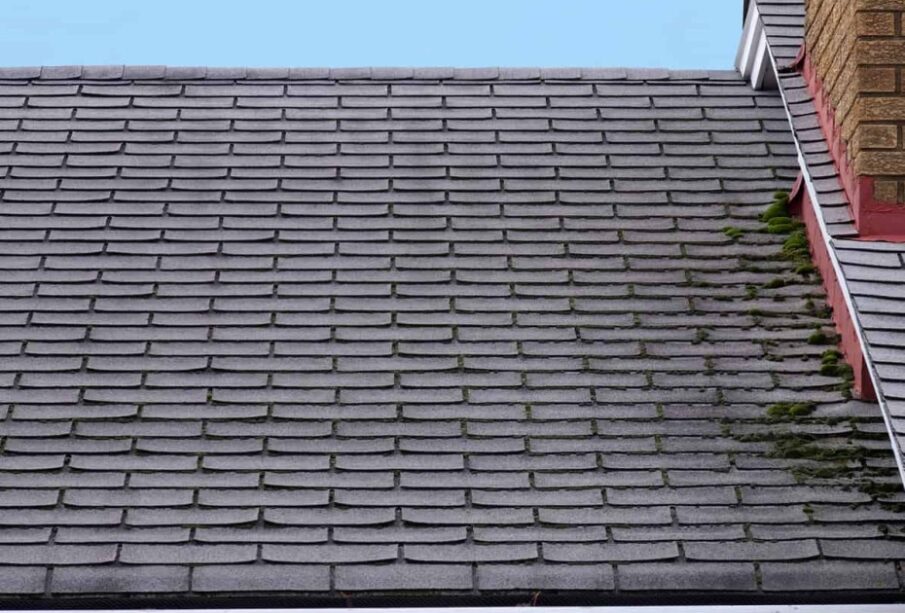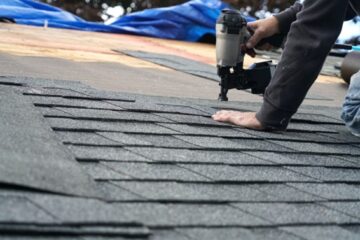
- INTRODUCTION
Knowing when to replace your roof is crucial for maintaining your home’s safety and appearance. Several signs can indicate it’s time for a new roof. Let’s explore these indicators and other factors that determine when roof replacement is necessary. Click here https://wbroofing.com/how-often-to-replace-roof
- SIGNS A ROOF NEEDS TO BE REPLACED
- Cracked or Broken Shingles: Shingles protect your home from the elements, so when they crack or break, your roof’s integrity is compromised. Sometimes, this damage is visible, with pieces of shingles in your gutters. Other times, it’s more subtle, requiring a close inspection by a professional, especially if your roof is steep or hard to reach.
- Leaks: Water leaks are a clear sign of roof damage. Leaks can occur due to external forces like tree limbs falling on the roof or general wear and tear. If you notice water dripping inside your home or stains on your ceilings, you’ll likely need to have a professional assess the extent of the damage and recommend repairs or a full replacement.
- Damaged Flashing: Flashing is the material that seals gaps around roof features like chimneys, vents, and skylights. If flashing deteriorates, water can seep underneath the roof, leading to serious damage. Promptly repairing broken flashing is important to avoid costly repairs later.
- Moss Growth: Moss growing on your roof may indicate moisture buildup in cracks or gaps, which can lead to structural damage. Moss thrives in shaded, moist areas, so removing overhanging branches and clearing moss as it appears can help preserve your roof.
- Sunken Roof: A sagging or sunken roof is a severe sign of damage. This could mean that not only the shingles but also the underlying structure is failing. If you notice any sagging, it’s vital to contact a roofing professional immediately.
- ROOF AGE AND REPLACEMENT TIMING
Even if there are no visible signs of damage, the age of your roof plays a significant role in determining when it needs replacing. The typical lifespan of a roof is 15 to 30 years, depending on the material used, the maintenance it receives, and the environmental conditions it’s exposed to. As roofs age, they naturally deteriorate, even with regular maintenance. Replacing an older roof before major issues arise can prevent more expensive repairs later on.
- LIFESPAN OF ROOFING MATERIALS
The longevity of a roof depends largely on the type of material used:
- Asphalt Shingles: These are the most common and affordable roofing material. They last between 15 to 20 years, and with proper maintenance, they can last up to 30 years.
- Clay Tiles: Clay is one of the most durable materials and can last up to 50 years. It’s especially well-suited for hot climates and requires little maintenance.
- Slate: Slate roofs are incredibly durable, often lasting between 50 to 100 years. Many manufacturers offer warranties for up to a lifetime.
- Metal: Metal roofs, depending on the type of metal used, can last anywhere from 40 to 70 years. Zinc and copper roofs can last up to 100 years, making them a long-term investment.
The Role of Underlayment in Shingle Roofing Systems
April 1, 2025
Comments are closed.
More News
-
Leasing Solar Panels and the Merits of the Same
July 25, 2024 -
Enhance Your Garden with Quality Mulch: Where to Find the Best Deals
September 9, 2024







